Metal Roofing Installation: Techniques, Benefits, and Cost Insights
Introduction
Whether you’re contemplating a new roof for your home or business, or you’re a DIY enthusiast ready to embark on a new project, this guide is designed just for you. We’ll cover everything, from the tools and materials you’ll need, to the costs involved, we’ll provide a step-by-step guide to installation, and even give the reasons to choose metal roofing. So, let’s jump right in!
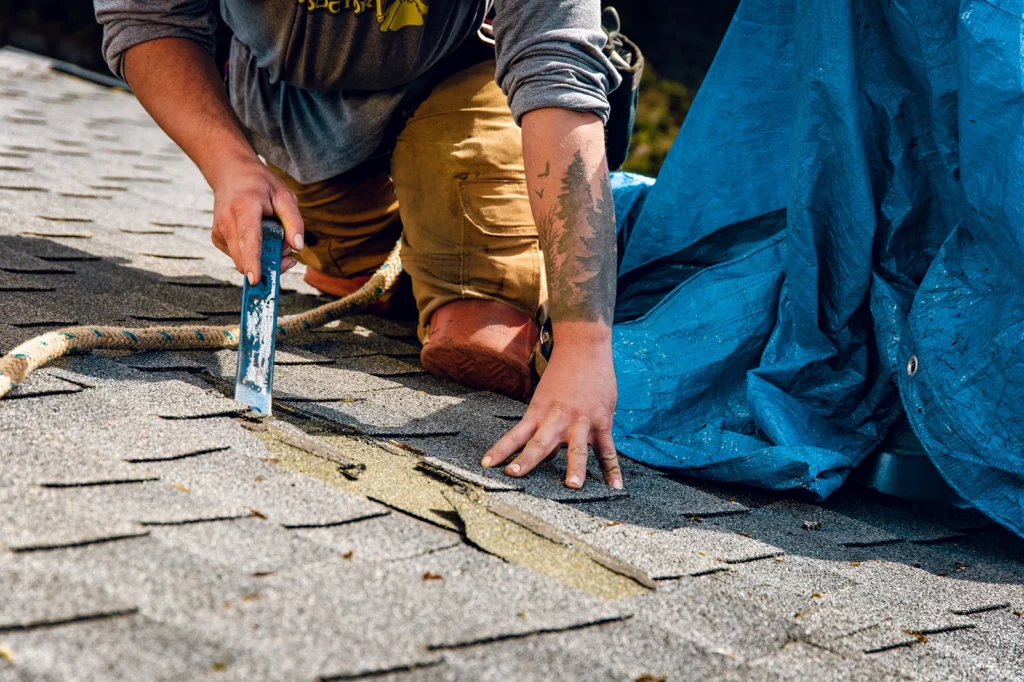
Necessary Tools and Materials for Metal Roof Installation
List of Tools Required
To install a metal roof, you’ll need a variety of tools, including:
- Drill
- Metal snips
- Hammer
- Roofing nails
- Ladder
- Tape measure
- Chalk line
List of Installation Materials Required
In addition to tools, you’ll need several materials, including:
- Metal roofing panels
- Roof underlayment
- Ridge cap
- Flashing
- Screws
- Sealant
Preparing for Metal Roof Installation
Obtaining Necessary Permits
Before you start your project, ensure you have the necessary permits. Check with your local building department to find out what’s required in your area. Permits are often required to ensure that the work is done according to local building codes and standards. This is not only for the safety of the occupants but also to maintain the value of the property. The cost and process for obtaining a permit can vary, so it’s important to do your research.
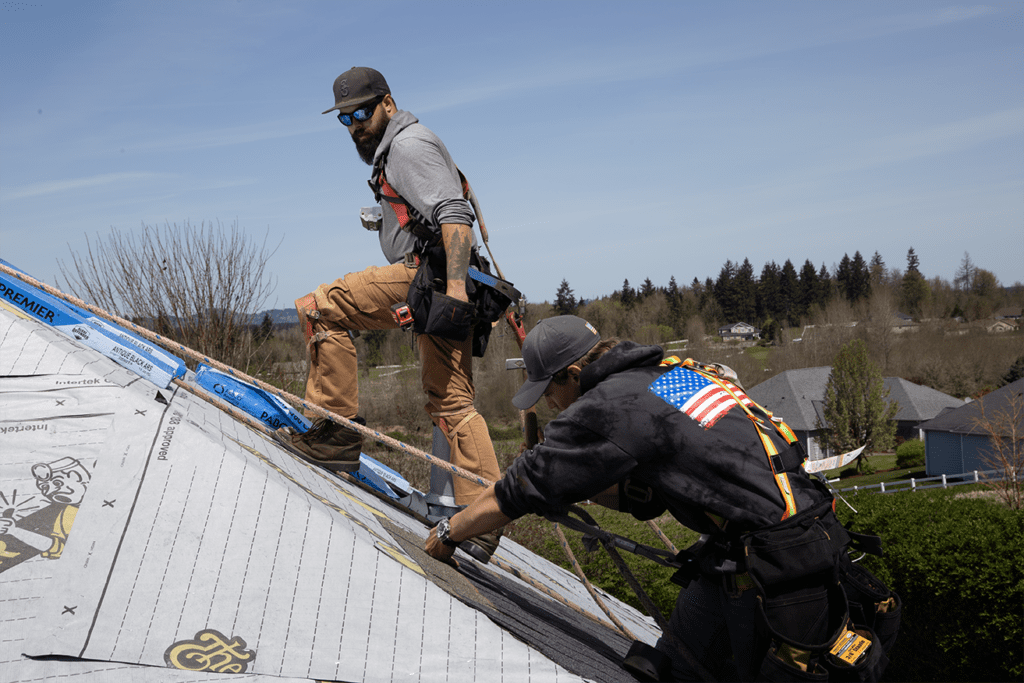
Taking Accurate Roof Measurements
Accurate roof measurements are crucial for a successful installation. You’ll need to measure the length, width, and slope of your roof to determine how many panels you’ll need. Remember to measure each section of the roof separately if your roof has multiple levels or sections. Also, be sure to remember to measure the slope of your roof, as this will affect how the panels are installed.
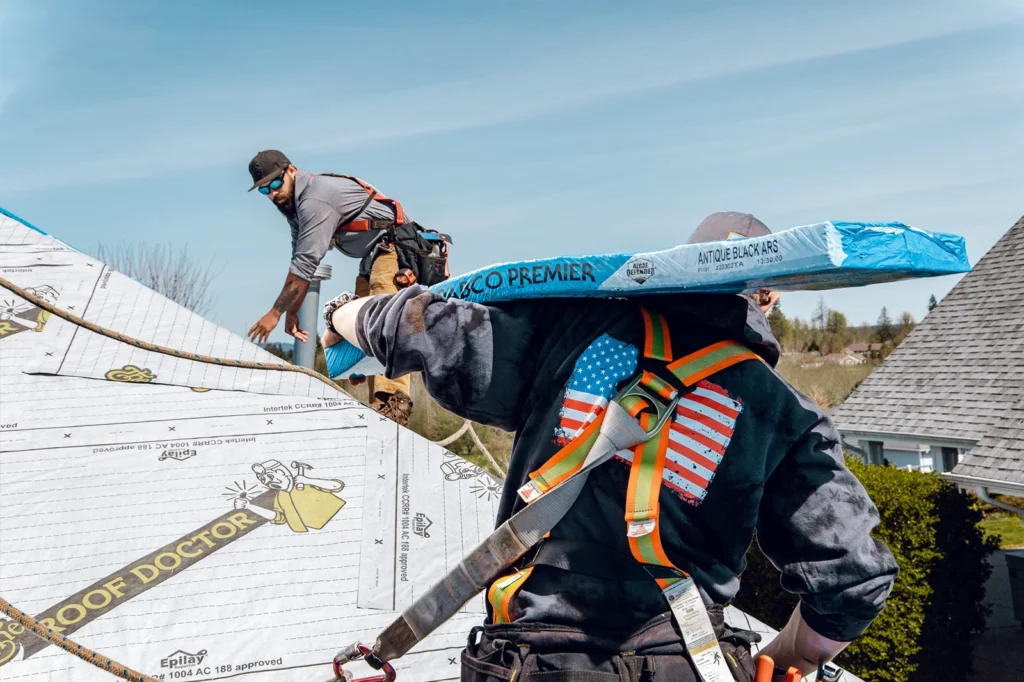
Buying the Materials for Your Roof
Once you have your measurements, you can purchase your materials. We recommend that you buy high-quality materials to insure the overall quality and longevity of your roof. High-quality materials include durable metal panels that are resistant to rust and corrosion, a heavy-duty roof underlayment that can withstand the elements, and a high-quality sealant that will provide a watertight seal. It’s also important to choose the right type of metal for your roof. For example, steel and aluminum are lightweight and more affordable, while copper and zinc are more durable but also more expensive. The price of these materials may vary depending on your location.
Step-by-Step Guide to Installing Metal Roofing
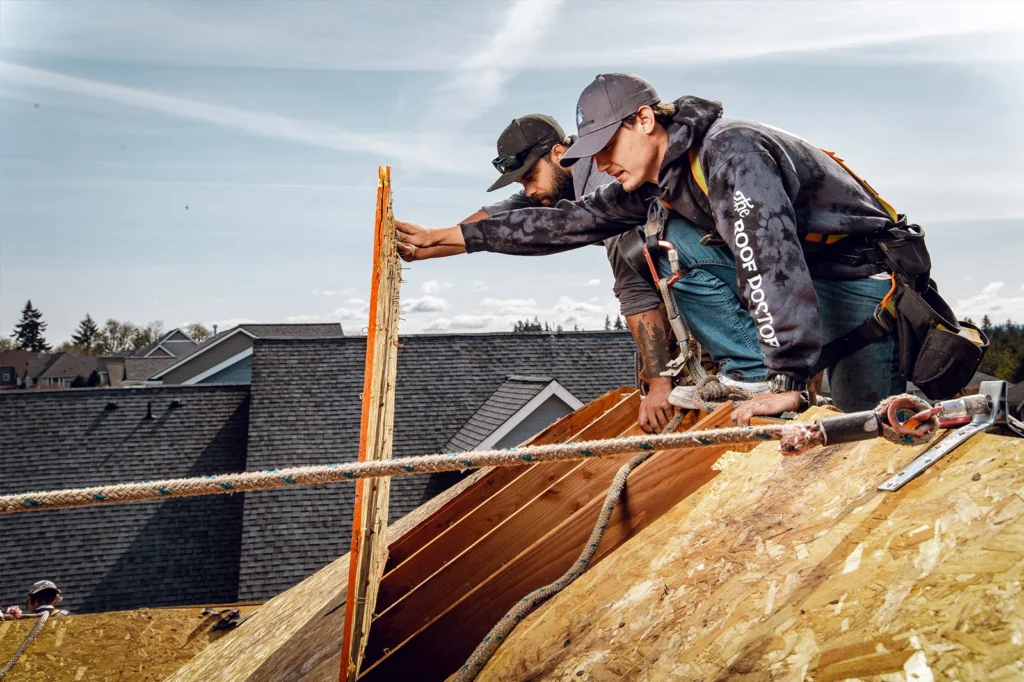
Tearing Down Old Roofing
Before you can install your new metal roof, you’ll need to remove any old roofing materials. This includes old shingles, underlayment, and flashing. Be sure to dispose of these materials properly, as many can be recycled.
Preparing the Area and Making Repairs if Needed
Next, you’ll need to prepare the area. This includes repairing any damage to the roof deck and installing a new roof underlayment. If there are any signs of rot or damage, these should be repaired before the new roof is installed. The roof deck should be clean and free of debris.
Rolling Out Roof Underlayment
Roof underlayment is a crucial component of any roof system. It provides an extra layer of protection against water and wind. The underlayment should be rolled out horizontally, starting at the bottom of the roof and working your way up. Each row should overlap the previous one by at least two inches.
Installing Edging
Edging, also known as drip edge, is installed along the edges of your roof to direct water away from the fascia and into the gutters. The edging should be nailed down every 12 inches and should overlap at the corners for a watertight seal.
Installing Metal Panels
Now it’s time to install your metal panels. Start at the bottom of the roof and work your way up, making sure to overlap the panels correctly. The panels should be secured with screws at the top and bottom.
Installing Flashing
Flashing is installed around any roof penetrations, such as chimneys or vents, to prevent water from getting under the panels. The flashing should be cut to fit around the penetration and then secured with screws and sealant.
Common Mistakes to Avoid During Metal Roof Installation
Incorrect Roof Measurements
Taking accurate roof measurements is crucial. Incorrect measurements can lead to a host of problems, including not having enough materials to finish the job. Going slowly and double checking your measurements is always a good idea. Even if you are confident that you got the right measurements, it never hurts to make sure. Double checking is much easier than having to replace or buy more materials later on.
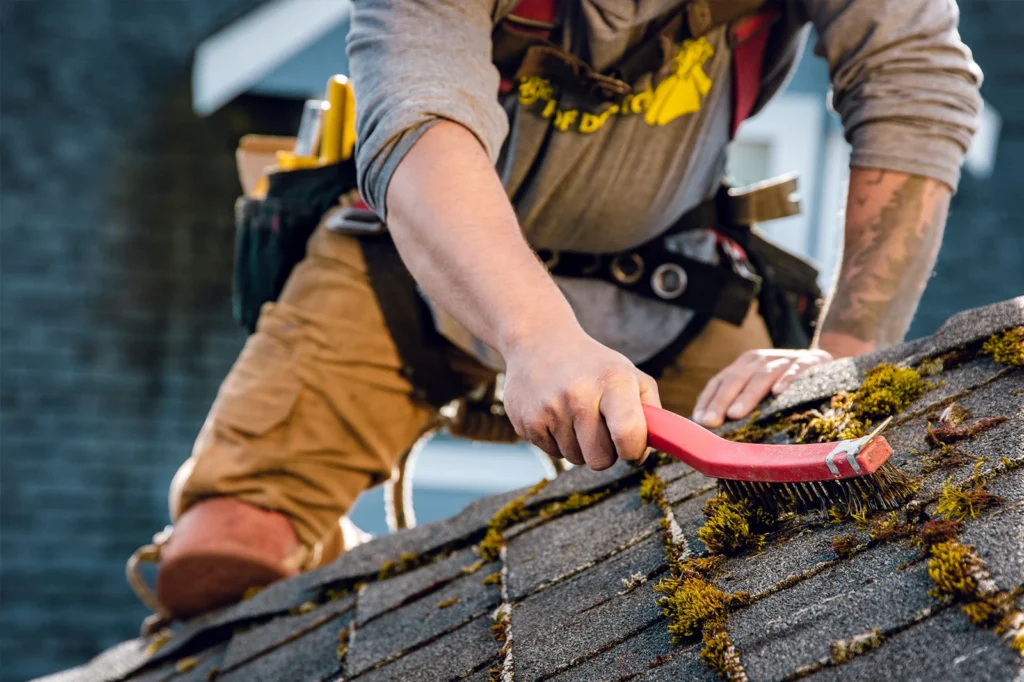
Leaving Worn Shingles Under Your New Roof
While it may be tempting to leave old shingles under your new metal roof, this can lead to problems down the line. It’s best to remove all old roofing materials before installing your new roof.
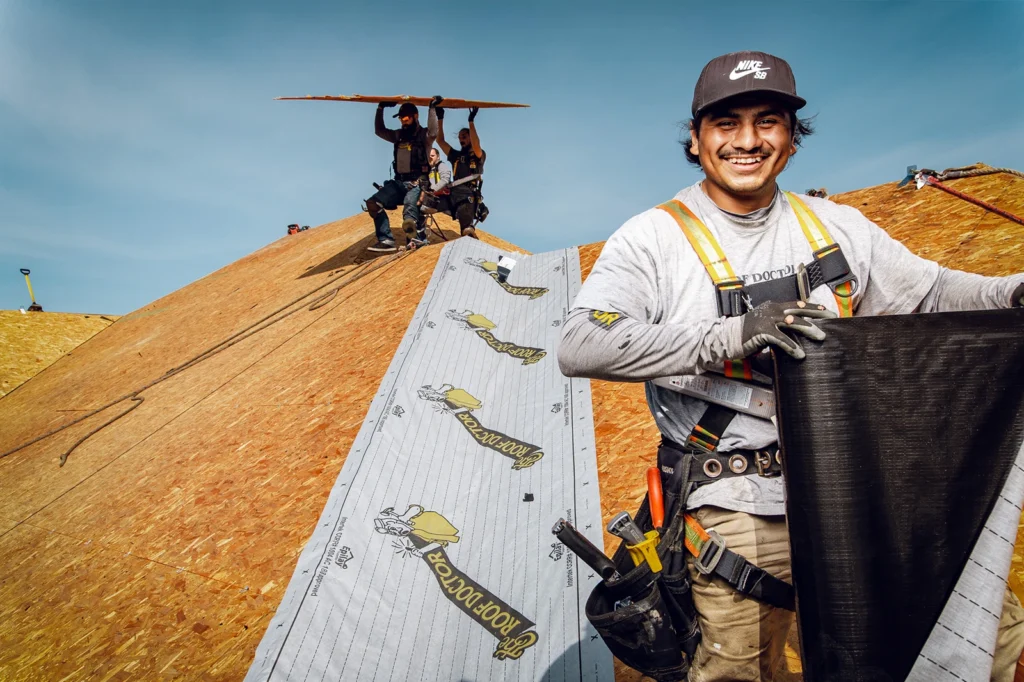
Not Using Underlayment
Underlayment is a crucial component of any roof system. It provides an extra layer of protection against water and wind. It’s best to make sure to use it.
Using the Wrong Sealant
Using the right sealant is crucial for a watertight roof. Be sure to use a sealant that’s recommended for use with metal roofing.
Poorly Installed Flashing
Flashing is crucial for preventing water from getting under your panels. Make sure it’s installed correctly around all roof penetrations.
Over or Underlapping Panels
Overlapping your panels correctly is crucial for a watertight roof. Be sure to follow the manufacturer’s instructions.
Under or Over-Tightened Fasteners
Fasteners should be tightened just enough to secure the panels, but not so tight that they deform the metal.
Why Choose Metal Roofing?
Benefits of Metal Roofing
Metal roofing systems are a top choice for many homeowners and businesses. They’re robust, boasting a lifespan of up to 50 years or more, and they’re resistant to extreme weather conditions. Plus, they’re energy-efficient, helping to maintain a comfortable temperature in your home or business throughout the year.
Potential Drawbacks of Metal Roofing
While metal roofing offers many benefits, there are still some drawbacks. These can include higher initial costs compared to asphalt shingles, and the potential for noise during heavy rain or hail. However, with proper installation and insulation, these issues can be significantly reduced. You can learn more about this debate here.
Understanding the Costs Involved
Cost of Metal Roofing Materials
The cost of metal roofing materials can vary significantly depending on the type of metal roof you choose. For instance, standing metal roofing, a high-quality option that can last for up to 50 years, can range from $400 to $700 per square, (a roofing square is up to 100 square feet). On the other hand, metal roofing panels, which are a more affordable option and easier to install can cost between $150to $600 per square. Keep in mind these are just the costs for the materials themselves and can vary based on the brand, style, and location.
Cost of Installation
The cost of installation can also vary depending on the size and complexity of your roof. For a DIY project, you’ll need to factor in the cost of tools and materials, which can add an additional few hundred dollars to your total cost. If you’re hiring a professional, labor costs can range from $300 to $500 per square. Therefore, for a typical 1,500 square foot roof, you could expect to pay anywhere from $4,500 to $7,500 for professional installation. These costs can increase if your roof has a steep slope, multiple levels, or other complex features. Remember, while the upfront cost of metal roofing can be higher than other materials, its longevity and durability can make it a cost-effective choice in the long run. You can visit our homepage for a free estimate today.
Closing Word
Installing a metal roof can be a rewarding project, whether you’re a DIY enthusiast or you’re hiring a professional. With the right tools, materials, and knowledge, you can install a roof that will last for years to come.
Why Choose The Roof Doctor?
At The Roof Doctor, we’re here to help with all your roofing needs. We’re a family-owned and operated business with over 60 years of experience. We offer reliable service, highly trained crews, and unparalleled customer service. Whether you’re considering a DIY project or you’re looking to hire a professional, we’re here to help. Feel free to give us a call today!



